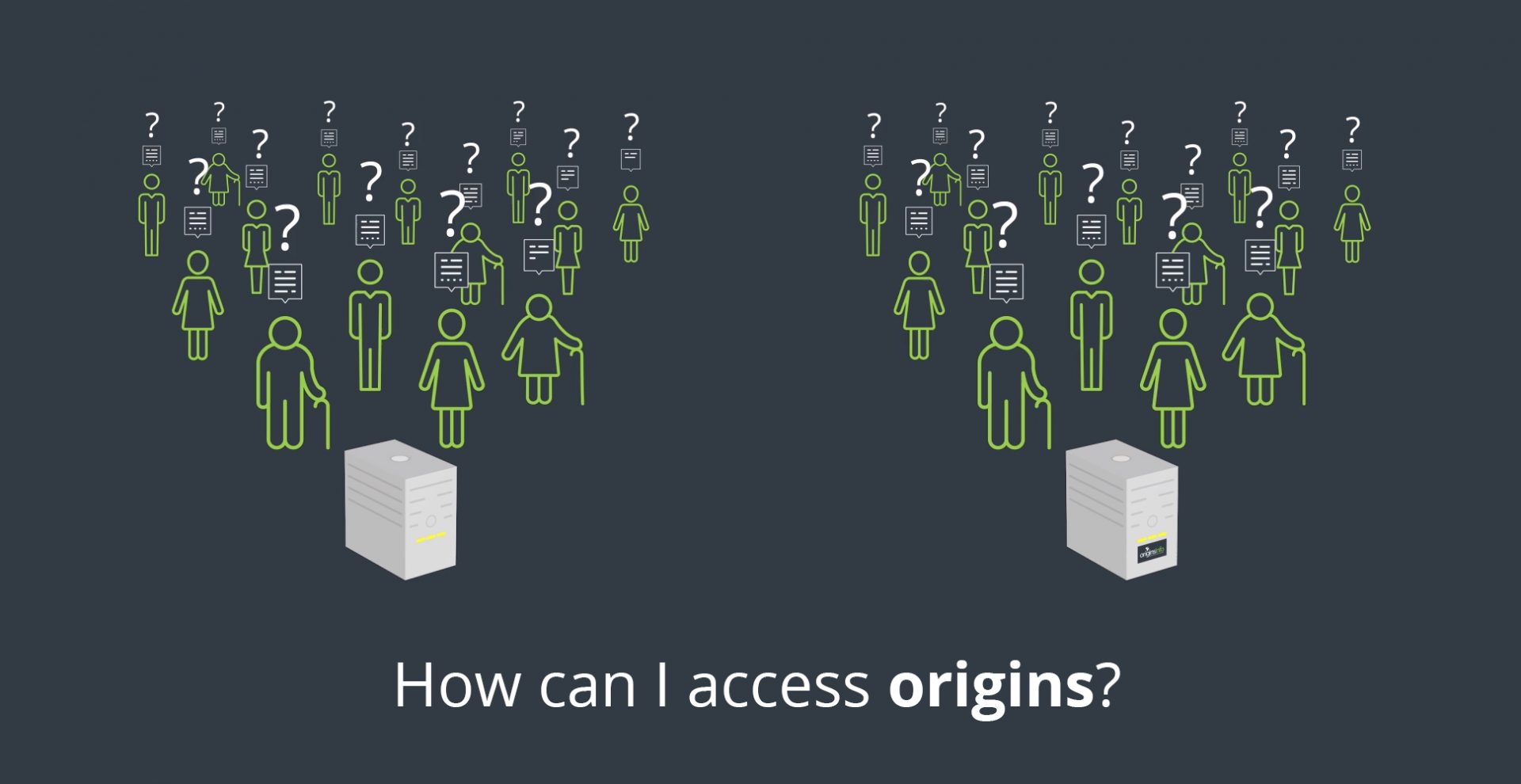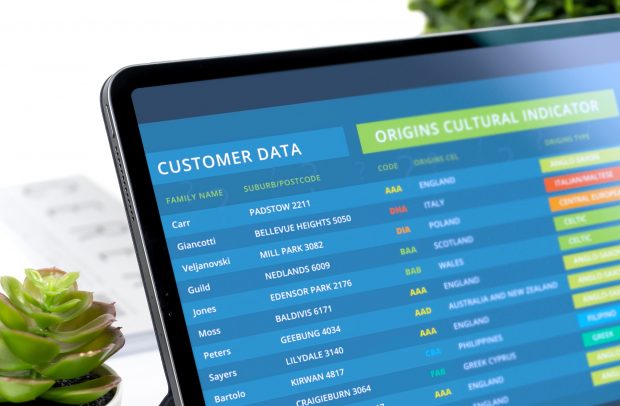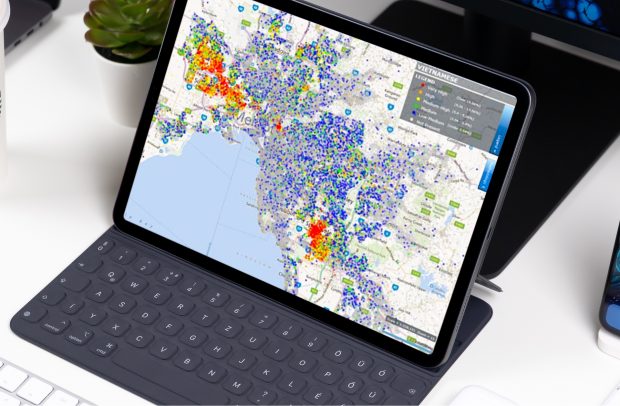Cultural insight about your customers in weeks!
Global Best Practice in Name Analysis
The use of family names as an indicator of cultural origin is now well established. The validity of the approach has been confirmed through a substantial body of related research and many practical applications.
When family names are used in conjunction with personal names, the descriptive and predictive value is further enhanced.
Adding in refinements from our own Enhanced Neighbourhood Insight feature, drawing on ABS census data, ensures that Origins offers a complete and robust estimate of cultural origin at the individual level.
Whether used on its own, or in combination with other behavioural and demographic data, Origins data enhances knowledge of your customers and employees, so you can serve them better and create productive and mutually beneficial relationships.
When aggregated for population-level analysis, you can be confident that you are seeing an accurate rendition of cultural diversity in your organisation.
You can access cultural insights from this data in several ways:
- Origins Software & Data Licensing
- Origins Appended Data
- Origins Geographical Data
- Origins Consulting
Product Features
- Data is globally-sourced from a range of publicly-available near-universal files of personal and family names. These files, containing information from more than 1.2 billion individuals, form the basis of Origins product.
- The Origins database contains information about where names are found. This enables OriginsInfo to calculate an incidence rate for each name in different parts of the world.
- The incidence rate, coupled with substantial research from other, less-represented parts of the world (mainly Africa and parts of Asia), allows us to classify each name to its most likely origin.
- Distilled from 1.2 billion records, OriginsInfo classifies more than 3 million personal and family names into 260 different CEL (Cultural, Ethnic and Linguistic) codes – a classification reflecting the world’s most distinctive cultural identities. See Origins Gets a New Look.
- For convenience, and preliminary analysis, these detailed CEL codes are grouped into standard aggregations of 25 Origins Types. CEL codes can also be aggregated in ways that suit the specific needs of individual users. Even within the same organisation, for one purpose it may be appropriate to customise the classification by key target market, but for another purpose it may be better to customise the classification to reflect customer service or call centre objectives, and operational constraints.
- OriginsInfo has its own Base File data set representing more than 18m Australian adults. This Origins-coded file provides ‘market’ profiles, ensuring clients can compare like-with-like in assessing over- and under-indexing by cultural segment compared with the market from which the customers or employees are drawn. Read more about Profiling, Mapping and Spatial Analysis and in our Blog.
Read more about the coverage and accuracy of Origins data, and the steps we have taken to validate the integrity of Origins as a robust data source.




